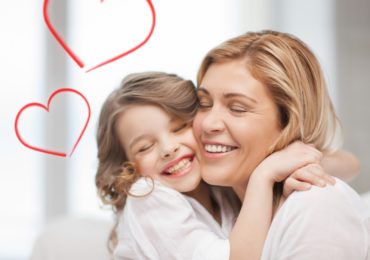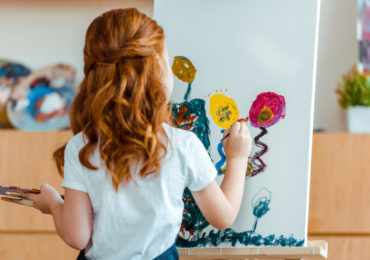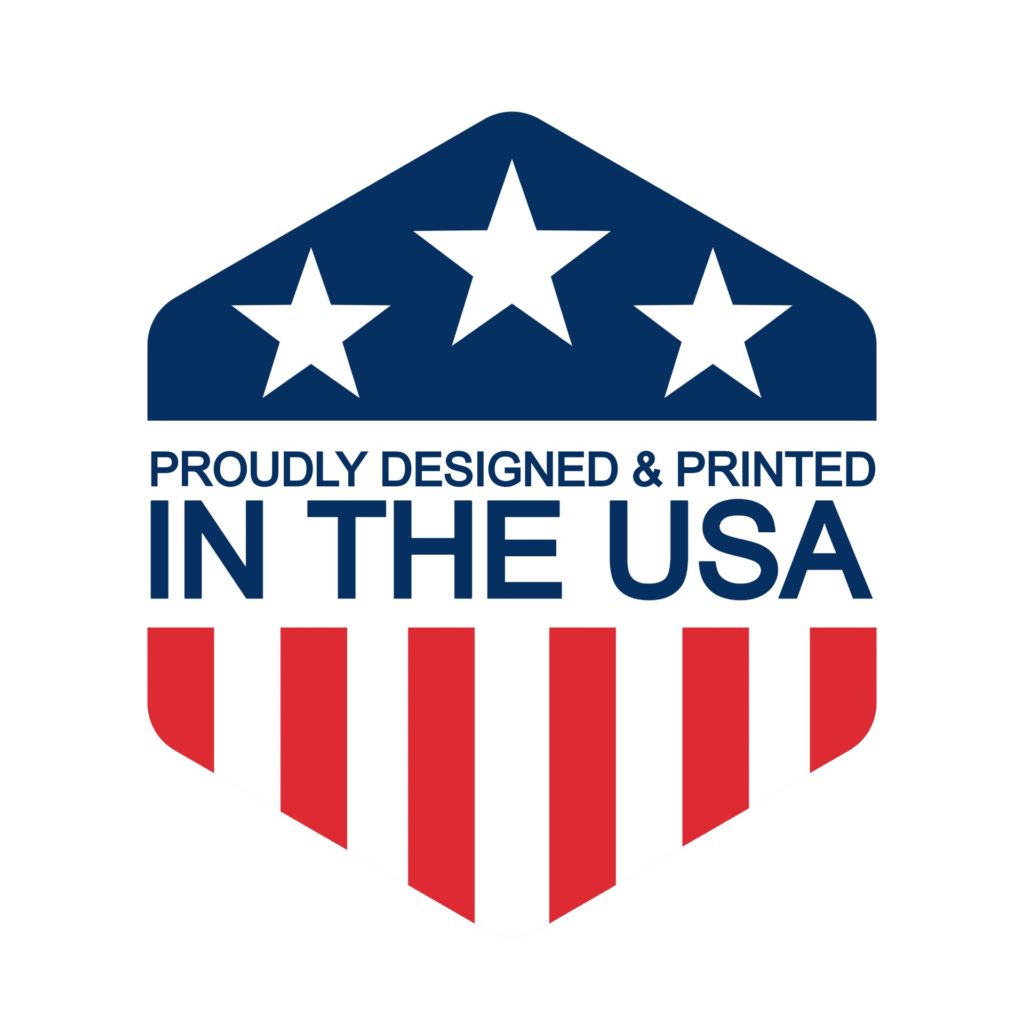The expectation for kids entering kindergarten is that they are potty trained. It’s reasonable to potty train most children by the time they enter kindergarten, but knowing when and how to start can be tough. Kids all develop differently and may be ready for potty training at different times. For some children, the process is quick and simple, but others may not want potty training.
Today, we’ll share some helpful tips for potty training kids.
Signs To Start Potty Training Kids
If you try to force your child into potty training before he or she is ready, the process will be a nightmare. Here are the developmental signs that signal it’s a good time to start:
- Fewer diaper changes, with diapers staying dry for one to two hours and during nap time.
- Regular bowel movements.
- Your children speak about or ask about going pee or poop.
- Your child does not like dirty diapers.
What Age Should I Start Potty Training?
The developmental signs above are more important than age, but in general, kids are not ready to even begin potty training until at least age 2. However, not all kids will be ready by this time. Some children will not be ready until they are up to 3.5 years old. Do not push your child before they are ready, be patient and watch for the signs above.
Prepare Your Child for Potty Training
Potty training is a marathon, not a sprint. It’s a process that takes time and patience. Here are some tips to streamline the transition:
- Explain the benefits of potty training. Make it sound like a positive experience, do not knock down diaper users.
- Dress your child in potty-training-friendly clothing. Skip the buttons and zippers, and opt for simple pull-down pants.
- Show your child how to use the bathroom. It may be a little uncomfortable, but if you are willing, show your child how to use the toilet.
- Bring diapers to the bathroom. Get your child comfortable with the bathroom by changing diapers in the same place where their potty is stored. This will also help form the connection between bodily functions and using the toilet.
- Pick a high-quality potty. You can purchase a durable children’s toilet or add a potty seat to your toilet. Either way, make sure it’s sturdy and durable.
- Change to pull-ups. Pull-ups are a good bridge between diapers and underwear.
Be patient with your child during potty training. If they are extremely resistant, take a break from potty training and try again in a few weeks. Instead of nagging or forcing your child to sit on the toilet, offer casual reminders and encouragement.








